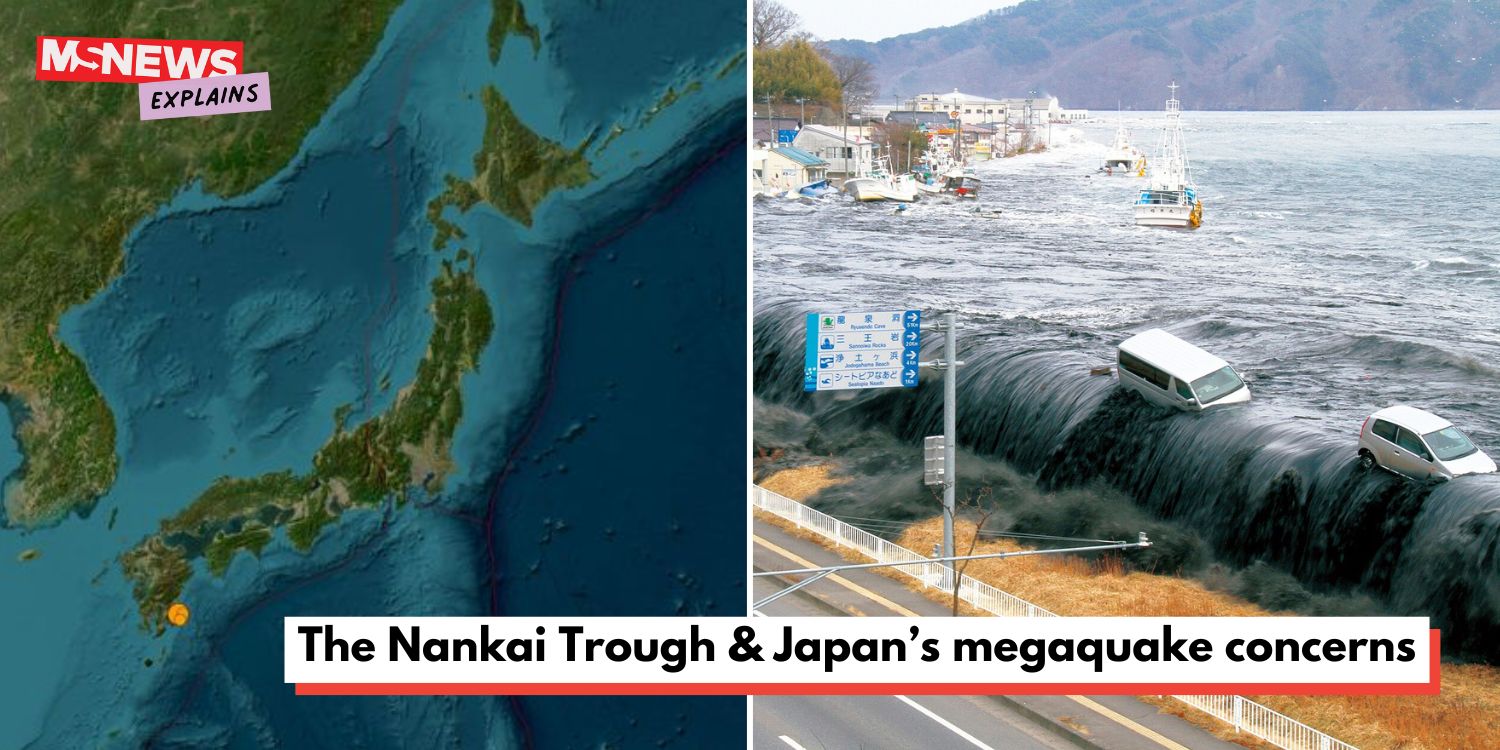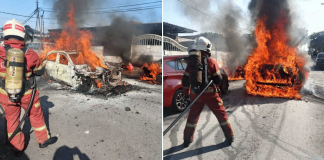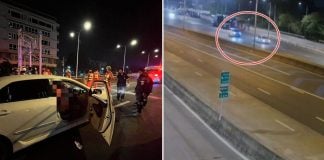What is the Nankai Trough?
Japan’s autumn season is fast approaching, which means it’s high time for travellers to book their trips to see their favourite attractions covered in vibrant crimson leaves.
However, the country issued a megaquake advisory following the 7.1 magnitude quake on 8 Aug, raising concerns for both locals and tourists.
This potential megaquake could measure as high as 9.1 on the Richter scale and is linked to the Nankai Trough.
In the study of geology, a trough is a linear structural depression that extends laterally over a distance.

Source: Wikimedia Commons
The Nankai Trough, in particular, is an underwater depression found off Japan’s southwest Pacific coast — where the Philippine Sea plate slides under the Eurasian Plate.
The trough spans about 900 kilometres, putting the expected epicentre of the earthquake anywhere from off the coast of Shizuoka in the west of Tokyo to Kyushu island.
Though the megaquake warning was lifted a week later and people were advised to resume their normal activities, disaster management minister Yoshifumi Matsumura said people should “remain vigilant for a megaquake that can happen anytime, anywhere”.
The government had previously estimated a 70 to 80 percent chance of a magnitude 8 to 9 earthquake occurring in the next 30 years.
This uncertainty stirred an ongoing debate about how much the government and its people should prepare.
It also posed the question of whether tourists are still safe to proceed with their upcoming trips to Japan.
Predicted risks of the Nankai Trough megaquake
According to a Reuters report, the anticipated megaquake could generate tsunami waves up to 30 metres high, potentially reaching Japan’s Pacific coasts within minutes.
However, the exact impact would vary depending on the epicentre’s location and the tides at the time.
The quake is expected to trigger landslides and fires, which could result in up to 323,000 deaths, destroy 2.38 million buildings, and force 10 million people to evacuate.
The economic toll could reach up to 220 trillion yen (S$1.9 trillion), accounting for over a third of Japan’s annual gross domestic product.
Additionally, the megaquake is expected to cause lasting impacts, particularly on the infrastructure and supply chains for local companies based on the coast that produce cars and other Japanese products.
How Japanese authorities and locals are preparing
After the megaquake advisory, Japanese Prime Minister Fumio Kishida cancelled his scheduled trip to Central Asia to oversee the government’s response and manage preventive measures and public communication.
At the same time, the Fire and Disaster Management Agency directed 707 municipalities to reassess their emergency response protocols and evacuation plans.
Before the advisory was lifted, locals hoarded rice, canned food, bottled water, and other emergency goods, leaving shelves empty at many supermarkets.
This panic buying prompted some supermarkets to limit the number of items per customer.
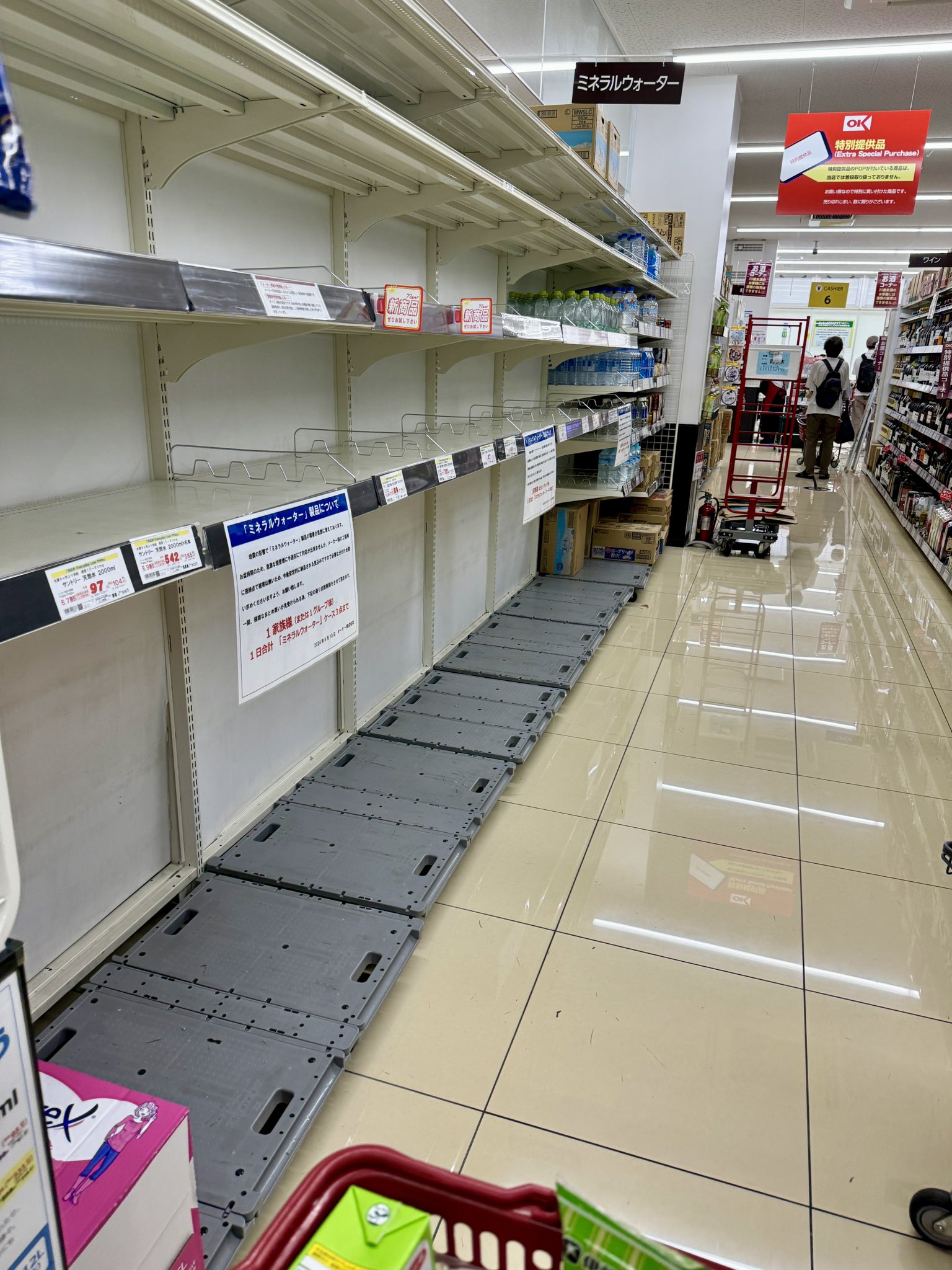
Source: @NekoJitaBlog on X
Some towns closed beaches and cancelled annual events, including festivities during the nationwide Obon festival holiday.
Hotels, resorts, and hot springs in coastal and island destinations, which already faced hundreds of cancellations, either reviewed their evacuation plans or temporarily shut down.
Meanwhile, some local governments also advised people to avoid “unnecessary and non-urgent travel”, the Associated Press reported.
Should tourists be worried?
Robert Geller, professor emeritus of seismology at the University of Tokyo, called the Nankai Trough megaquake a “purely hypothetical scenario”.
He argued that calculating the timing of the next earthquake based on previous quakes is ineffective as earthquakes can take place at any place and time.
He also stated that it is impossible to predict whether an earthquake is a foreshock or an aftershock.
The US Geological Survey defines foreshocks as smaller earthquakes before the largest earthquake in a series, while aftershocks are smaller quakes that occur after the biggest earthquake in a sequence.
Similarly, geologists Kyle Bradley and Judith A Hubbard highlighted that only about 5 percent of earthquakes are foreshocks.
As such, some experts questioned whether such an advisory was necessary as Japan frequently experiences strong earthquakes due to its position in the Pacific Ring of Fire.
They suggested that focusing heavily on the slim odds of a hypothetical megaquake in one area could detract from disaster preparedness efforts in other areas that may similarly experience a strong quake.
However, it is also crucial to note that the 2011 Japan earthquake, which triggered a devastating tsunami that claimed about 20,000 lives, was preceded by a largely ignored 7.2 magnitude foreshock.
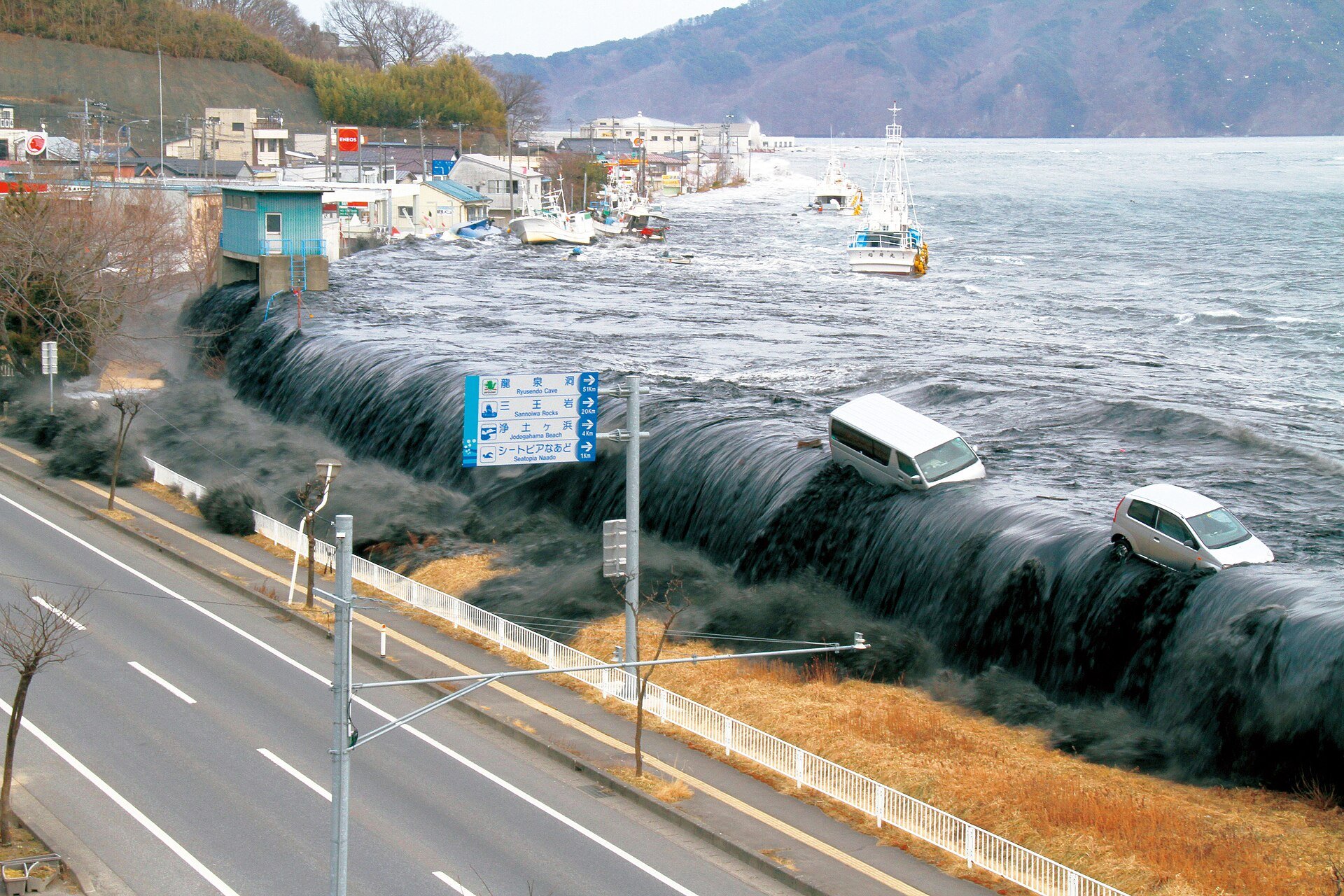
Source: Wikimedia Commons
In fact, the Japan Meteorological Association drew up a warning system based on that disaster, which was activated on 8 Aug for the first time.
What should tourists do to prepare?
Tourism organisations in Japan have expressed concern over the lack of accessible information for foreign visitors regarding megaquake protocols.
They worry that tourists who don’t understand Japanese might not receive adequate guidance on what to do during a disaster, such as knowing evacuation routes or where to get medical help and shelter.
To bridge this gap, tourists are encouraged to follow Japan Safe Travel, a social media platform managed by the Japan National Tourism Organization, which provides regular safety updates and evacuation information.
Masaru Takayama, who holds key positions in travel organisations in Asia and Japan, says doing as the locals do is “the best course of action for foreign visitors.”
If the information is not there in their language, then do what the hotel staff or local people are doing because they have prepared for natural disasters all their lives, and they will know what to do.
Similarly, the Chinese Embassy in Japan advised Chinese tourists to stay updated on earthquake developments and safety information, follow local authorities’ instructions, and enhance their knowledge of personal safety measures.
Also read: Earthquake emergency guide: What you should do in the event of a quake
Earthquake emergency guide: What you should do in the event of a quake
Have news you must share? Get in touch with us via email at news@mustsharenews.com.
Featured image adapted from Sky News and Wikimedia Commons.
